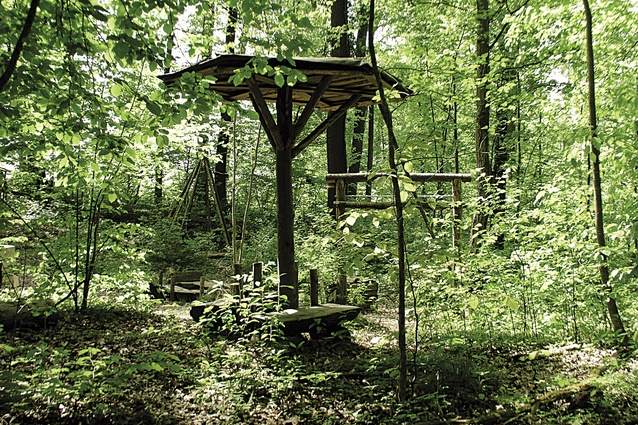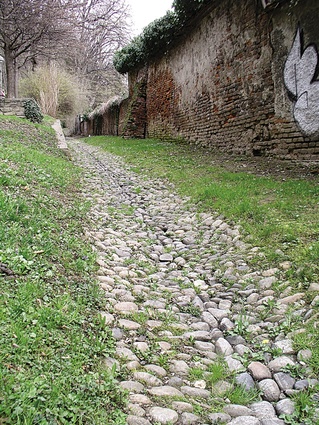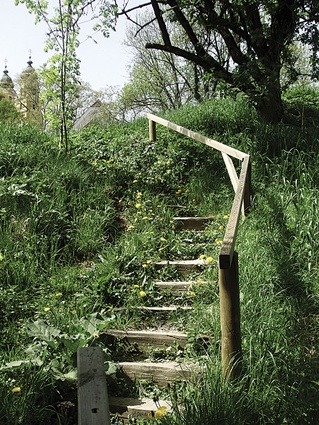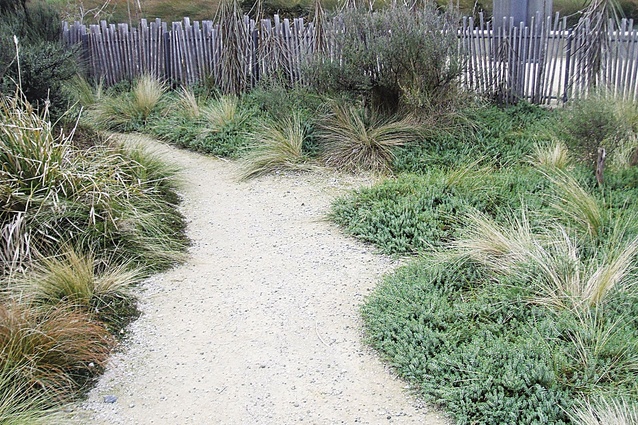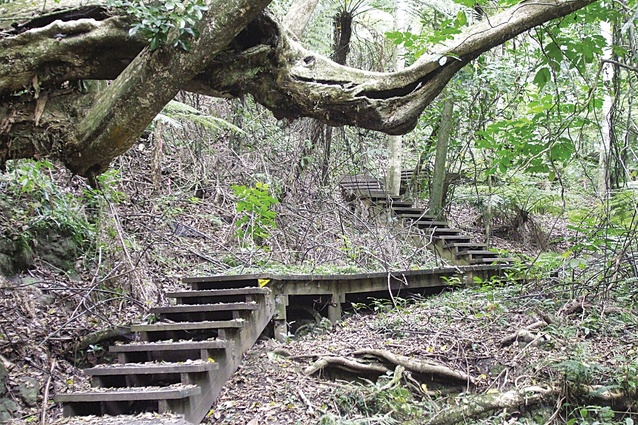The lightest touch
Touch lightly on this Earth” is the simple instruction of an ancient Aboriginal proverb. Many of us would agree that these words of wisdom still hold true today. Approaching landscape architecture with a light touch can positively influence the health of our landscapes and the people who use them. Such an approach may also represent an aesthetic and philosophical shift for our profession in a socially and ecologically uncertain future.
In practice, light-touch landscape interventions can take many forms. Due to their somewhat ephemeral nature however, defining such a term is difficult. Perhaps the most obvious driver of the light-touch ethos is the natural environment and our impact upon it. Virtually every design and construction move we make as landscape architects/designers can affect the ecological and hydrological conditions of site, often causing incalculable effects on adjacent sites and ecologies. By ‘touching lightly’ on the land whenever possible, we can minimise the negative environmental impact of our interventions in the landscape.
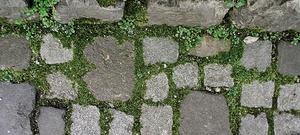
Light-touch construction techniques often utilise local materials and local skills. In this sense, they ‘touch lightly’ by minimising the need for shifting materials long distances, instead using what is at-hand. The dry-stone walls of many rural landscapes are a fine example of how utilitarian needs (clearing land of stones), coupled with skilled labour and local materials, can produce beautiful landscape elements are truly of site. The most ‘light’ attribute of dry-stone walls, I believe, is that they can be deconstructed (and pieces reused) as desired. Even a material as heavy as stone may therefore be considered ‘light’ if used with consideration and skill, and when used locally can cut costs and reduce negative environmental impact.
In his book Planetary Gardens , French landscape architect Gilles Clement discusses his vision of “non-violent design” – “…to maintain and increase the biological quality of the substrates: earth, water, air, and to intervene with the greatest economy of means…” 1 . To touch lightly in this sense is to adopt a less is more approach to construction in our landscapes, meaning every design move we make must be carefully considered and our interference with site conditions (when possible) kept to a minimum: “…The idea is not to create the illusion of nature…but to take part in a vital flux that is already present and active in that place.”
The positive environmental impacts of such an approach can be numerous. Material waste is minimised, re-use of existing materials is encouraged, soil-structure remains intact, permeable surfaces are retained, sedimentation of waterways is reduced, existing biodiversity is conserved.
If construction is limited to only what is needed of the project and no more, utility therefore must be another key consideration of light-touch landscape interventions. If a step is required through a garden bed, a stone is placed at the correct position; desire-lines through open ground are recognised as the best positions for paths, and are treated accordingly; in rural areas, the familiar post-and-wire fence provides stock-control as needed. When applied with consideration for aesthetics and environmental impact, these utilitarian gestures become subtle and elegant inserts into our landscapes, proving that economy and beauty are not mutually exclusive.
The works of American landscape architect Susan F. Child (particularly at Grande Island, Vermont) are beautiful examples of such “inserts into site”. They are functional landscape elements that seem to be “born of the site”, rather than ploughed through it. At a time when complete overhauls or ‘makeovers’ of sites seems the status quo, such gestures offer a fresh approach, celebrating the genius loci and allowing for the future evolution of a site.
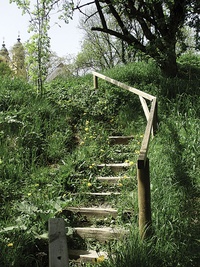
Perhaps the most compelling attribute of a light-touch landscape philosophy is the impermanent nature of such interventions. To work with natural processes is to recognise our fleeting place in the natural world.
To intervene with landscapes only as much as is necessary is to leave a site open to future adaptation. A chalk etching on a footpath may be considered
a landscape intervention, yet will be washed away with the next rainfall.
A woven fence, such as those used traditionally in European rural gardens, will eventually rot down to become compost, or even take root and become trees themselves. Stones can be shifted and reused as desired, or may be colonised by mosses. To recognise and celebrate the impermanence of our place in nature through landscape architecture is to release ourselves from the egocentric constraints of current ‘monumental’ design philosophies. This release and acceptance of impermanence can introduce a lightness and playfulness to our work, something that is so often missing from our profession and from most designed spaces.
We humans are a small (yet vital) part of an inexplicably complex web of ecological systems. As landscape architects it is our privilege and responsibility to touch lightly on this Earth, thus reinforcing our role as custodians and guides of our natural and built environments.

